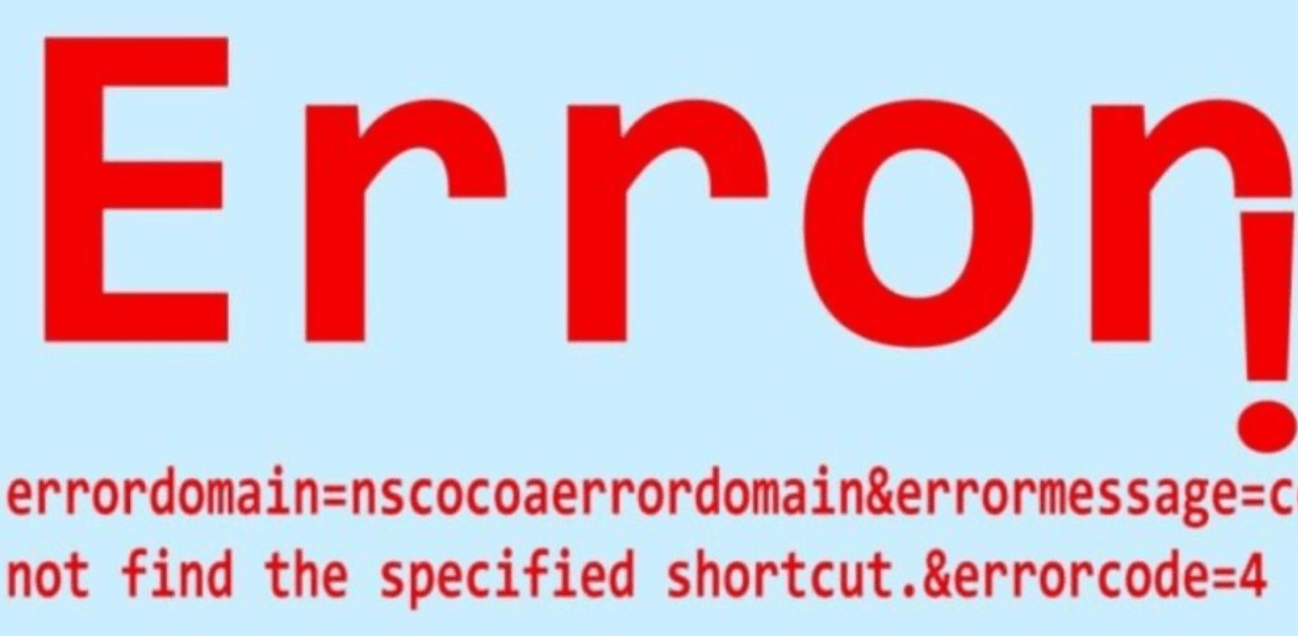Introduction to “cut.&errorcode=4”
The “cut.&errorcode=4” error is a common issue faced by users while browsing the internet. This error typically occurs when a web page encounters a problem in processing a request or when there is an issue with the URL syntax.
What Causes the “cut.&errorcode=4” Error?
The “cut.&errorcode=4” error can be caused by various factors, including:
- Incorrect URL Syntax: One of the primary reasons for encountering this error is an incorrectly formatted URL. If there are typos or special characters in the URL, it may result in the “cut.&errorcode=4” error.
- Server Configuration Issues: Sometimes, server-side misconfigurations can lead to the occurrence of this error. Issues such as misconfigured redirects or server timeouts can trigger the “cut.&errorcode=4” error.
- Browser Cache Problems: Cached data stored in the browser can sometimes interfere with the loading of web pages, leading to errors like “cut.&errorcode=4.”
How to Fix “cut.&errorcode=4” Issues
To resolve the “cut.&errorcode=4” error, you can try the following troubleshooting steps:
- Check the URL: Ensure that the URL you are trying to access is correctly formatted and does not contain any typos or special characters. If necessary, try retyping the URL or accessing the page from a different browser.
- Clear Browser Cache: Clearing the cache and cookies from your web browser can help eliminate any cached data that might be causing the error. After clearing the cache, try reloading the page to see if the error persists.
- Restart the Browser: Sometimes, simply restarting your web browser can resolve temporary issues that may be causing the error.
- Check for Server Issues: If the error persists, there may be server-side issues causing the problem. In such cases, you can try accessing the website at a later time or contact the website administrator for assistance.
Tips to Prevent “cut.&errorcode=4” Errors
To avoid encountering the error in the future, consider the following tips:
- Double-Check URLs: Always double-check URLs before accessing web pages to ensure they are correctly formatted.
- Regularly Clear Browser Cache: Make it a habit to clear your browser’s cache and cookies regularly to prevent cached data from causing errors.
- Keep Software Updated: Ensure that your web browser and any related software are up to date to prevent compatibility issues that could lead to errors.
- Use Reliable Websites: Stick to reputable websites when browsing the internet to minimize the risk of encountering errors like “cut.&errorcode=4.”
Conclusion
The error can be frustrating to encounter, but understanding its causes and following the troubleshooting steps outlined above can help resolve the issue. By double-checking URLs, clearing browser cache, and staying vigilant while browsing, users can minimize the likelihood of encountering this error in the future.
FAQs About “cut.&errorcode=4”
1. What does the “cut.&errorcode=4” error mean?
The “cut.&errorcode=4” error typically indicates a problem with the URL syntax or server configuration, leading to difficulties in processing the request.
2. How can I fix the “cut.&errorcode=4” error?
To fix the this error, you can try checking the URL for typos, clearing your browser’s cache, restarting the browser, and checking for server-side issues.
3. Why do I keep seeing the “cut.&errorcode=4” error?
This error may persist if there are ongoing issues with the URL syntax, server configuration, or browser cache. Troubleshooting steps may be necessary to resolve the error.
4. Is the “cut.&errorcode=4” error dangerous?
The error itself is not dangerous, but it can be indicative of underlying issues with website accessibility or server functionality. It’s essential to address the error promptly to ensure a smooth browsing experience.
5. Can I prevent the “cut.&errorcode=4” error from occurring?
While it may not be possible to entirely prevent the this error. You can minimize its occurrence by double-checking URLs, clearing browser cache regularly, and staying cautious while browsing the internet.

